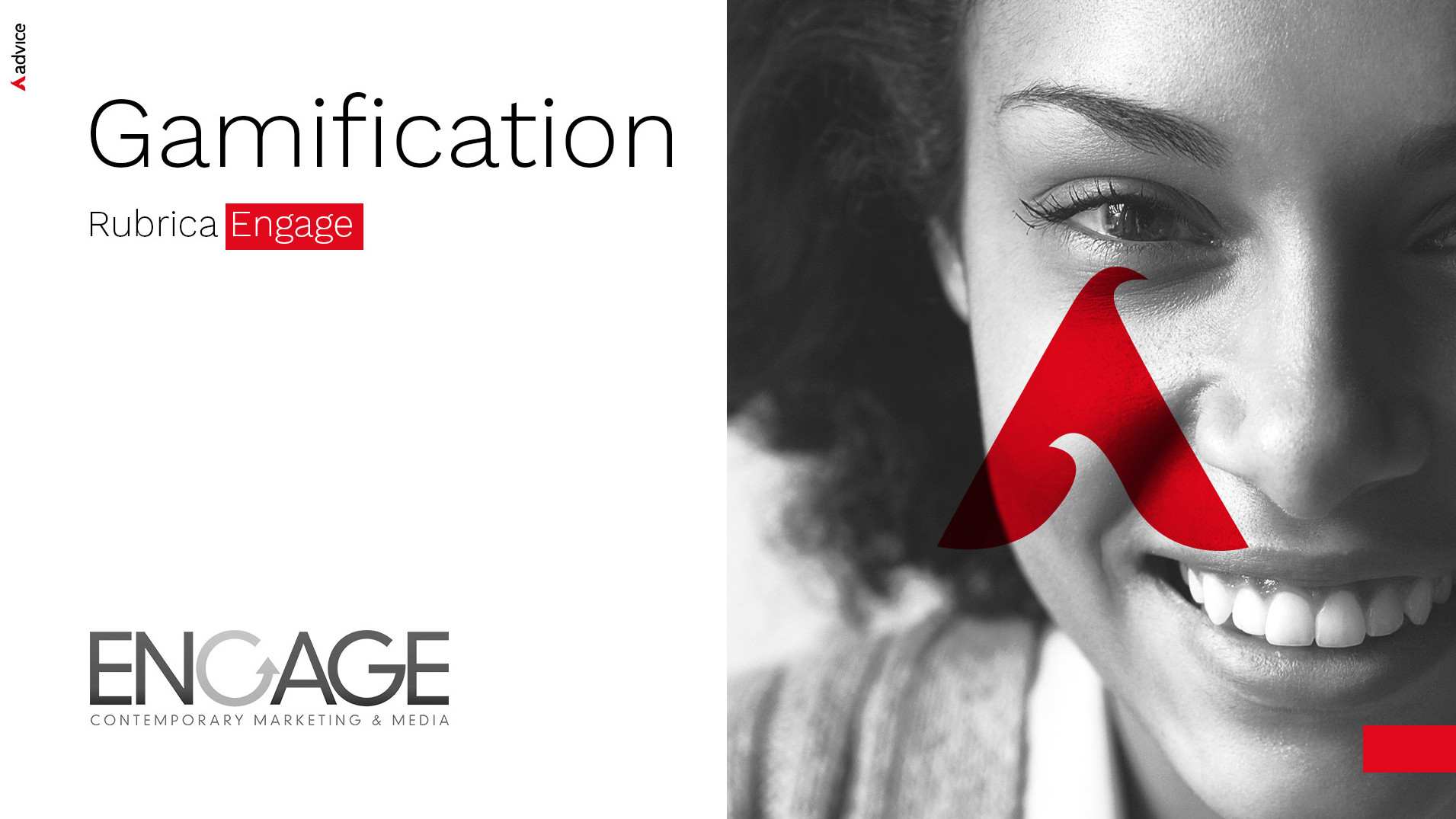The main concern of marketers is no longer determining the right strategy to attract consumers, but building a customer journey that can keep them active.
In a market that declares itself to be increasingly customer-centred, our country is still the absolute leader in the creation of loyalty programmes based exclusively on loyalty cards and point collection.
So what's the problem? It is a model that is the result of outdated logic, from an era - the 1980s - when the fidelity card was the only tool available to retailers to build their own customer base.
Forty years later, there are still too many brands that resort to loyalty programmes based exclusively on transactional criteria and totally devoid of stimuli that can retain the consumer along the journey. The gap between companies' willingness to develop a value relationship with customers and the models currently in use, first and foremost RFM (Recency - Frequency - Monetary value) analysis, is becoming increasingly evident.
More than 80% of millennials and nearly two-thirds of baby boomers say they are interested in getting rewards not just for shopping but also for engaging with brands.
But how important is it to know your customer base to do this?
The time has come to analyse consumer behaviour considering their attitude to the brand over time, and start communicating with consumers based on who they are, not just what they buy.
Gamification, defined by some as the new lifeblood of loyalty programmes, is making its way into this scene.
No, we are not referring to the use of mobile games for advertising. It's about employing motivational techniques, which video game designers have used for years to motivate players, in non-gaming contexts. Badges, challenges, and team collaborations stimulate and consolidate an active interest in the brand or product, encouraging the continuation of the experience and the activation of specific behaviours.
In gamification, the real cornerstone is the experience: the mechanics are only a means. Why use game mechanics? Because the fun that comes from playing, not just winning, is a powerful motivator.
You can "gamify", transform, what already exists (a loyalty programme, a service, a website) by adding a new layer.
Gamification can be applied to support any business goal: better learning, more page views, increased performance, more sales, better collaboration.
Why use gamification? Perhaps the question should be why not use it!
- Engagement. According to research conducted by Evolving Systems, adding gamification to your loyalty programme increases engagement by 50%. A gamification strategy that can adapt to the user and the channel enables the brand to increase user interaction exponentially.
- Recognition. The mapped interactions enable the brand to accumulate information on customer attitudes and support the construction of new clusters, making it possible to reward the most active users for their loyalty.
- Motivation. Competition is motivating: the possibility of reaching a goal in a fun way increases consumers' sense of satisfaction.
- Brand perception. The opportunity to establish a direct relationship with the brand and be rewarded for their loyalty improves consumers' perception of the brand, leaving them satisfied with the attention they receive.
So if we consider that, according to Statista, the gamification market is set to be worth 12 billion in 2021, it seems that the time has come for companies to rethink their loyalty strategies.
In the near future, the loyalty programmes that will prove to be more effective will be those capable of integrating gamification and concentrating on truly involving customers, rather than exclusively on obtaining transactions.
After all, every purchase should represent simply the consumer's willingness to repeatedly and consciously choose a brand, beyond just promotional incentives.



 Prev
Prev


